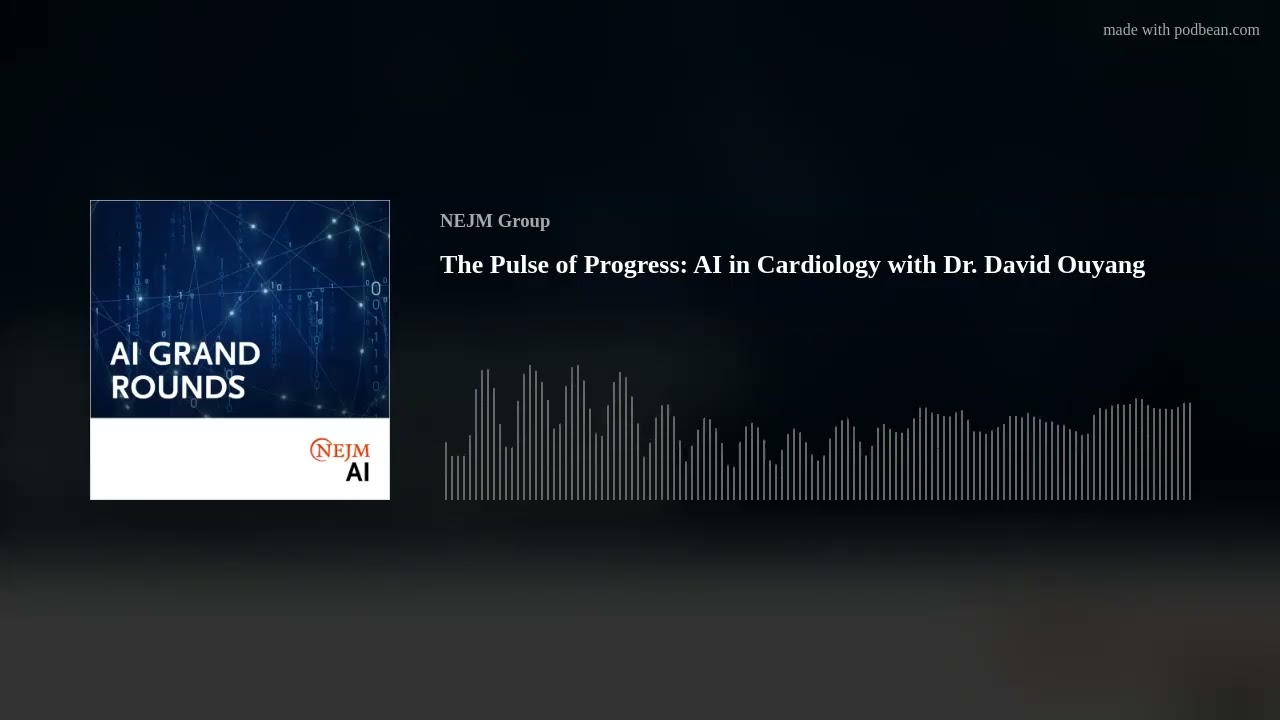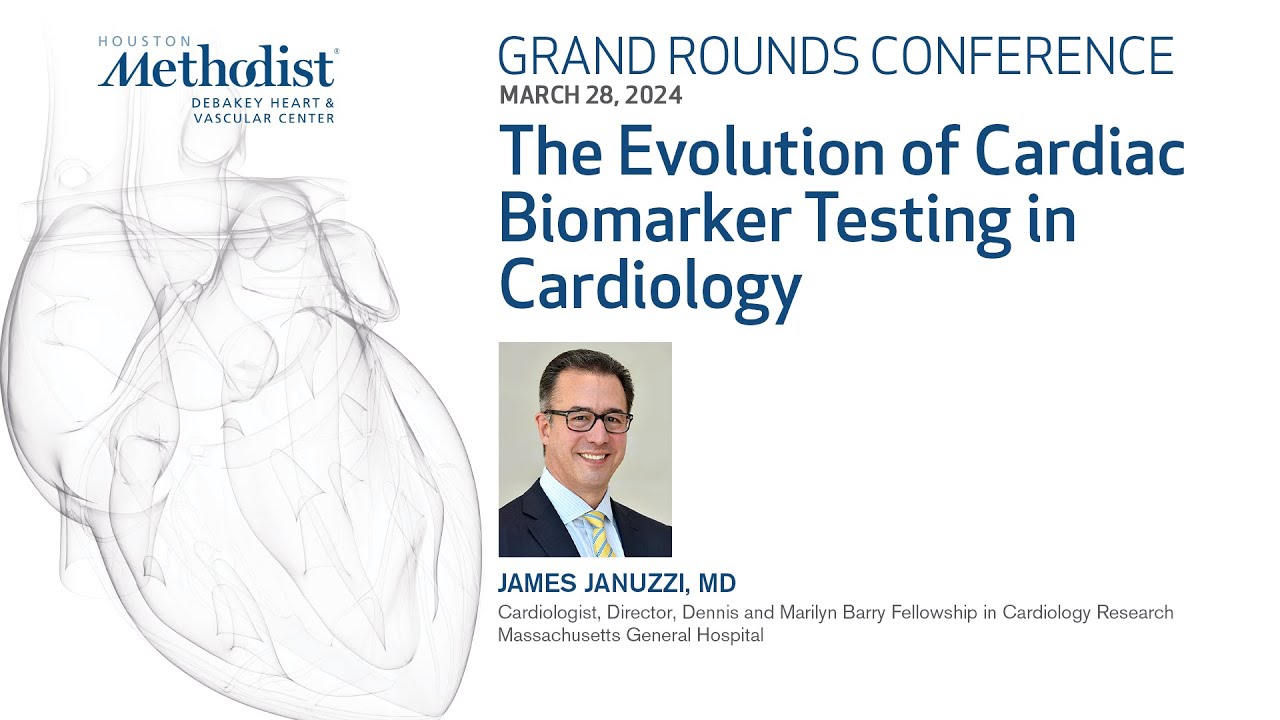The Cardiology Channel
April 16, 2012 • Cardiology, Cardiology: Interventional, Reuters Health • The Doctor's Channel Newscast
NEW YORK (Reuters Health) – Therapeutic oral anticoagulation with warfarin, without extra heparins, provides sufficient anticoagulation for patients on long-term warfarin who need primary percutaneous coronary intervention (PCI), cardiologists from Finland have found. They’ve found that additional heparins are not necessary and may only increase complications.
In an email to Reuters Health, Dr. Kari Eino Juhani Airaksinen from Turku University Hospital said, “Now, more and more PCIs are performed without interrupting ongoing warfarin treatment (instead of bridging with low-molecular-weight heparins [LMWHs]), but it is not known whether a low therapeutic INR level (2-2.5) offers sufficient protection against thrombotic complications and whether there a need for extra periprocedural heparins together with warfarin.”
“Our current results show that therapeutic warfarin (INR 2-3.5) is a reasonable anticoagulation during PCI and there is generally no need for extra heparins. If we combine heparins to warfarin, there seems to be a dose/time-dependent increase in bleeding complications,” Dr. Airaksinen added.
The study team assessed bleeding complications and major adverse cardiac and cerebrovascular events in 414 consecutive patients on long-term warfarin therapy for atrial fibrillation who underwent PCI at one of six hospitals with a policy of performing PCI during uninterrupted oral anticoagulation.
According to a report online April 5 in the American Journal of Cardiology, PCI was performed in 196 patients without any additional anticoagulation other than therapeutic warfarin (INR 2.0 to 3.5). In the other 218 patients, an unfractionated heparin or LMWH bolus or subcutaneous LMWH therapy was added to therapeutic warfarin during the procedure.
According to the researchers, there were no between-group differences (no additional vs additional heparins) in terms of major adverse cardiac and cerebrovascular events (4.1% vs 3.2%; p=0.79) or major bleeding (1.0% vs 3.7%; p=0.11), but access site complications were less frequent without added heparins (5.1% vs 11.0%; p=0.032).
When adjusted for propensity score, patients who got additional heparins had a greater than twofold higher risk of access site complications (odds ratio 2.6; p=0.022). In an analysis of 1-to-1 propensity matched pairs, the risk of access site complications was 13.1% with additional heparins vs 5.7% without (p=0.049).
“Importantly, major bleedings were quite rare regardless of the use of additional heparins,” the researchers say.
Dr. Airaksinen told Reuters Health, “The results were not unexpected, since we have used this policy (no additional heparins) in everyday practice in many of the participating centers for more than 10 years.”
Dr. Airaksinen and colleagues say their data support the 2010 consensus statement from the European Society of Cardiology Working Group on Thrombosis, which states that an uninterrupted oral anticoagulation strategy “could be the preferred choice.”
SOURCE:
Comparison of Additional Versus No Additional Heparin During Therapeutic Oral Anticoagulation in Patients Undergoing Percutaneous Coronary Intervention
Am J Cardiol 2012.






